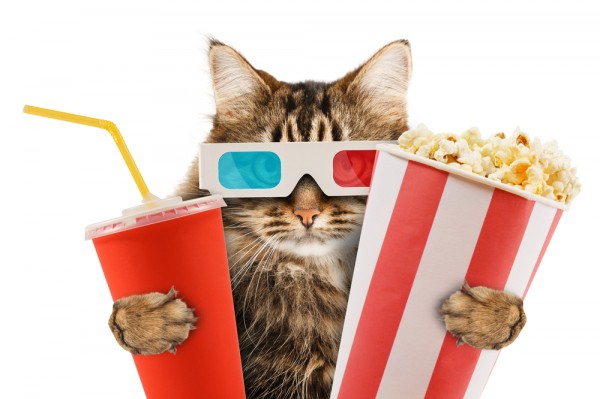Kinch (and friends) setting out to the post office to collect the expected parcel.
So my kickstarter goodies arrived from the Plastic Soldier Company, a copy of Command & Colours: The Great War. Savage and I gave it a go and we found it a very interesting addition to the Command & Colours stable. There are a number of additions to the system which pose a number of challenges.
HQ Points - These are the currency used to power your artillery and Combat Cards. You can pick them up at the end of your turn or by rolling stars on the combat dice.
Combat Cards - These are used in addition to the normal Command cards and represent things like Box Barrages, Gas Attacks, Stretcher bearers and Mata Hari amongst others. These can be played in your turn alongside a Command card or in your opponents turn. These range from the nice, but not critical, to complete game changers. Most of these cards require HQ points to be activated which should prevent them from derailing things.
Might need something a mite bigger than a Webley.
Reserve Artillery - this is an off board unit that allows you to drop barrages anywhere on the board. How powerful those barrages are is dependent on how many HQ points are used. What's interesting about this is that the barrages are potentially devastating and can effect up to seven hexes. However, they are only really devastating against units that are bunched together and in the open. Spacing your units out and keeping them in trenches can mitigate a lot of the worst artillery can do to you. That does of course mean surrendering the initiative to your opponent.
The chances of wiping a unit out are pretty slim, but successive barrages can whittle down units and make them more vulnerable to an assault.
Another thing about Reserve Artillery which is new is that it can alter the terrain on the battlefield. Drop sufficient HE on a hex and there is a possibility that your target becomes a smoking shell hole. It's not sufficiently likely that I would build a strategy around it, but it does make big barrages more worth while.
We've only played the first engagement, a fictional training scenario, and thus far the gameplay is easy enough that two veteran Memoir '44 players picked it up pretty much immediately. We worked out all the new moving parts pretty quickly, what we're still trying to do is work out what they mean and how a canny player will use them.
General observations so far.
1. Troops need to minimise the amount of time they spend in the open or they will be severely punished by artillery and mortars. The fact that Reserve Artillery can range the entire board means that you cannot disregard weakened troops in the communications trenches.
2. Specialist assault troops like bombers need to be hoarded and used carefully. They can be devastating, but they are just as vulnerable as regular troops.
3. Simply hiding in your trenches and hoping that artillery will do the job simply leaves you open to counter attack by an aggressive player who is willing to spend time to build the hand of cards he needs. Artillery will contribute to, but cannot secure victory. It simply isn't powerful enough.
4. Command & Colours Napoleonics and Memoir '44 both allow players to play a little bit fast and loose with their strategy because cavalry and armour units give enough movement to the board that sudden and dramatic plays can rapidly alter the course of a battle. Command & Colours: The Great War to my mind rewards a careful player who builds a plan, works out what combinations of cards will work for the forces he has in hand and then builds the hand he needs.
Of course, doing that before the other player does it to you is the trick.
On the whole, I am cautiously optimistic about the game. We knocked a game out in under an hour and most importantly it felt very different to previous incarnations of Command and Colours. Careful planning and managing supply (both of HQ points and cards) were very important and at least to me, it had that all important "feel" of the period.
Am I going to play this again?



















































